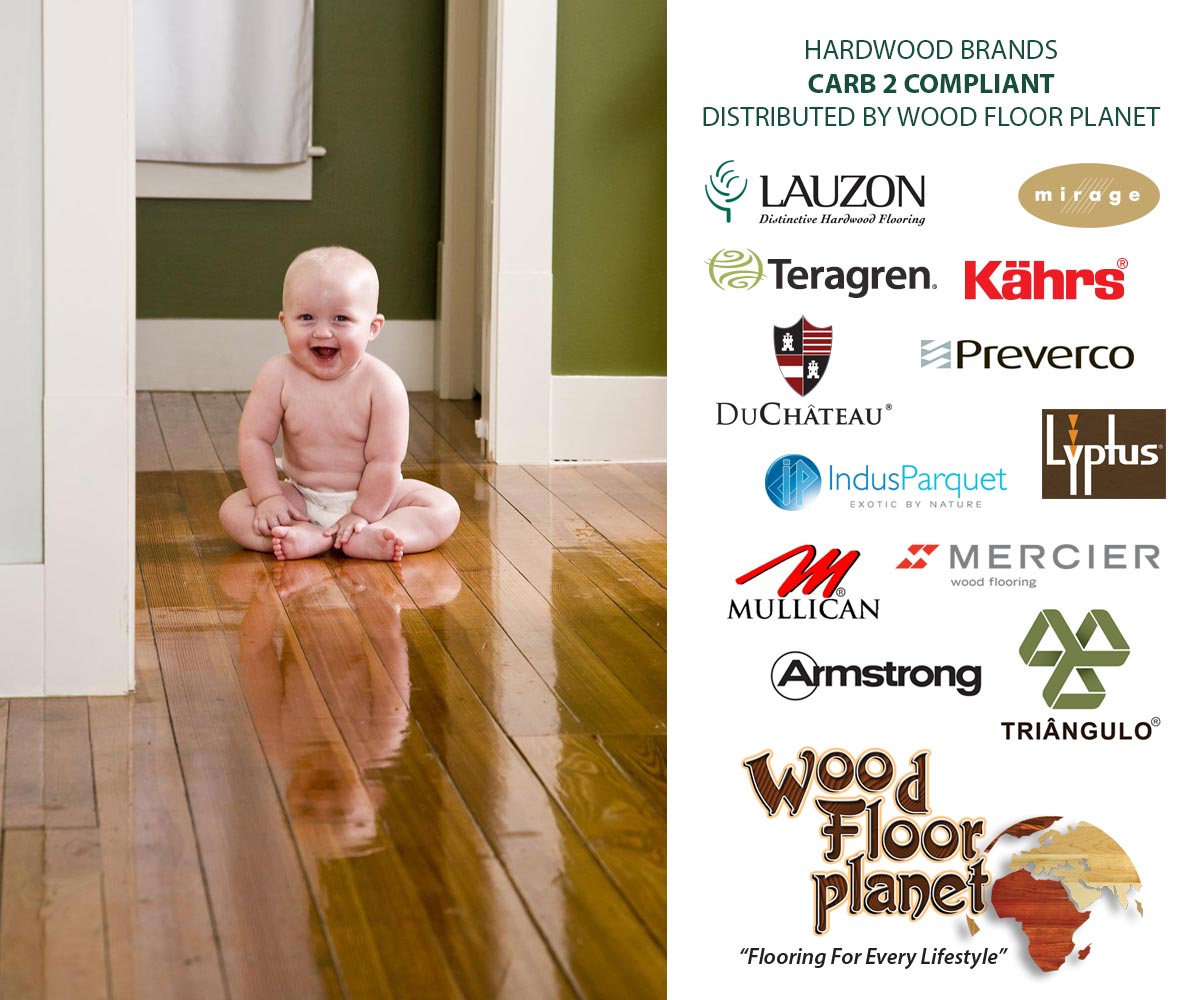Wood Floor is stunning, but one of the downsides with it is that it usually makes noises; especially as they get older.
This is absolutely normal for a natural; organic product like hardwood flooring as it reacts to the environment that’s always changing around it during its lifespan.
Eventually, this leads to the floors squeaking, popping, or crackling.
Even with properly installed hardwood flooring, you will still notice a squeak.
What causes this? What can you do about it? This will help you better understand the noises your floors make.

Engineered Hardwood Flooring Trend
These days, people are starting to look towards engineered hardwood flooring rather than the traditional hardwood flooring.
One of the biggest reasons for this is that engineered hardwood flooring offers better stability; meaning that you won’t have many of the same noise complaints as you would with traditional hardwood flooring.
However, that doesn’t necessarily mean that engineered hardwood flooring is completely immune to these sounds.
What Causes Noisy Flooring?
A lot of this noise actually comes from the subfloor underneath the hardwood, not the hardwood itself. This can happen for a variety of reasons, including missing joist hangers, missing nails, nails missing the joists, or improperly installed/poorly nailed subfloor sheathing. Wood floor installers generally don’t check or address these issues unless it was specifically requested in the contract.
Subfloor Flatness
One reason why engineered hardwood flooring may squeak, pop, or crunch is because the subfloor flatness is off. Typically the flatness needs to be about ¼” in 10’ or 3/16” in 6’, so when the flatness isn’t within this “tolerance” range, the flooring will move and make noises.
Subfloor Materials
Another reason is because of the material the subfloor is made of. OSB subflooring is an excellent subflooring option, but there are different grades of performance that can depend on how well it holds up. This subflooring is prone to swelling after it has been exposed to many wet/dry cycles. Swelling is a problem because it causes a decrease in fiber density.
Subfloor Installation
The installation methods chosen for the hardwood floor also plays a factor in how noisy it is. The flooring needs to be properly attached to the subflooring, otherwise you are going to run into hardwood flooring that makes a lot more noise than you want it to. If you don’t use the proper fasteners or enough fasteners, you will run into this problem. By using trigger-activated flooring nailers, too much pressure may be used and cause the nails to blow out. This will also lead to squeaky floorboards.
Conclusion
What this all means is that noisy floorboards can mostly be avoided through proper installation as well as using the right tools and materials. The professionals that you use to install hardwood flooring need to take a great deal of care to ensure that they do the job right. If you don’t notice any issues like any vertical movement of the boards, chances are that the hardwood floor is fine and the noises that it’s making is completely normal. As annoying as the sounds may be, it is common sometimes for it just to make a slight noise.







